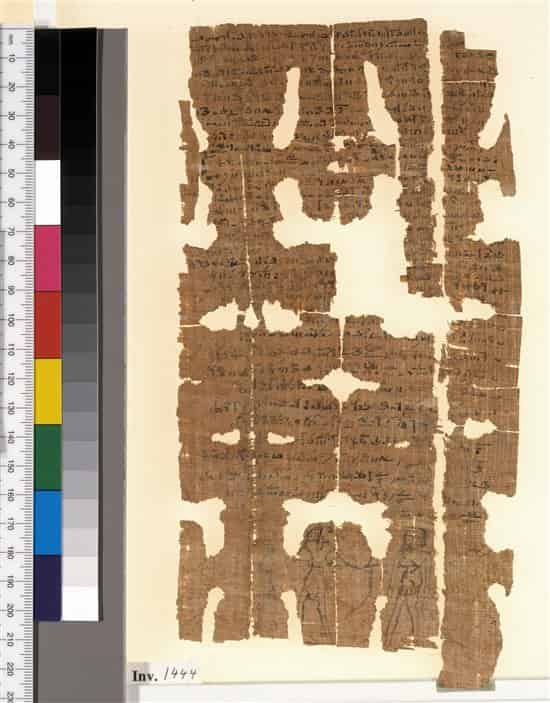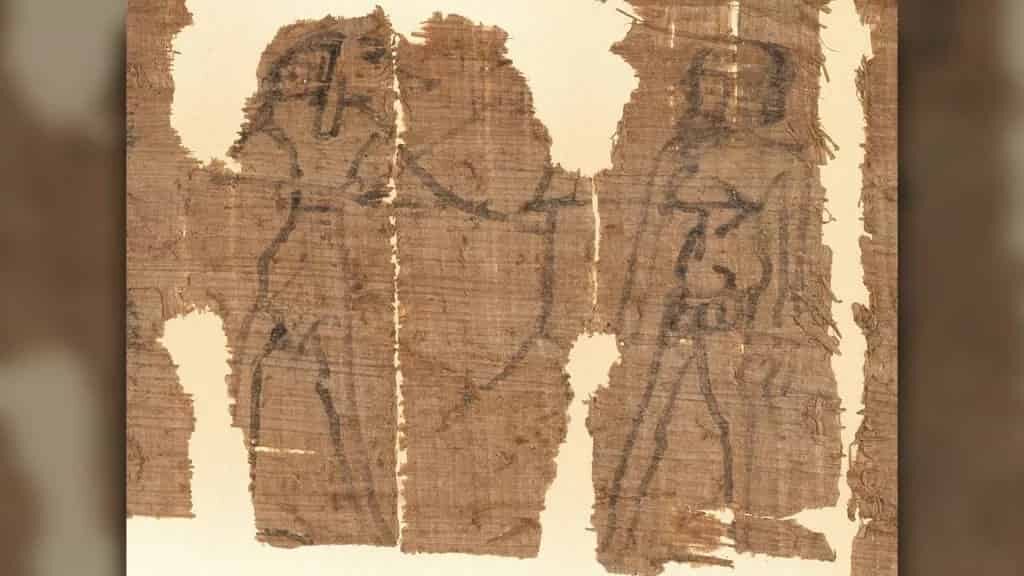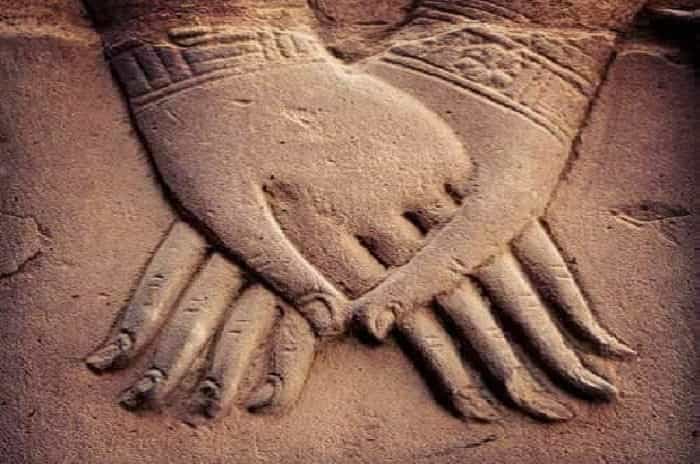A team of researchers from the University of Chicago is in the process of translating an 1,800-year-old Egyptian papyrus, which they’ve identified as a distinct “love spell”.
Within the text, a woman named Taromeway endeavors to magically allure a man named Kephalas.
Illustrated on the papyrus is a depiction of the jackal-headed god Anubis aiming an arrow at the naked figure of Kephalas. Scholars suggest that Anubis’s arrow is intended to instill within him a profound longing for Taromeway.
The Magic of Love
The spell, inscribed in demotic script (the primary script in ancient Egypt dating from 600 BC), summons a “ghost” (the honorable spirit of the man from the necropolis) to locate Kephalas and induce great distress within him in the morning, evening, and continuously, until Kephalas fervently seeks out Taromeway.
Other “love binding spells” were present in ancient Egypt, though they were predominantly utilized by men, according to Ritner and Scalf.
Both scholars delineate their interpretation of the papyrus in an article published in the journal Göttinger Miszellen.
Who Were Taromeway and Kephalas?
The reasons behind Taromeway’s intense desire for Kepahalas remain unknown, as does whether she ultimately achieved her objective. Ritner expresses, “Taromeway must have possessed both significant motivation and resources,” speculating that this woman likely engaged a specialist, possibly a priest, to inscribe the spell.
Another point emphasized by the researchers is the likelihood that Taromeway and Kephalas belonged to distinct ethnic groups.
After being transcribed, the papyrus was likely deposited in a tomb, with Ritner concluding that the invoked “spirit” in the spell would have belonged to the individual interred there.
This particular papyrus, previously untranslated, is part of the holdings of the University of Michigan, acquired by the institution in November 1924.
Ancient Egyptian Love Magic and Voodoo Dolls
Voodoo dolls stood out as one of the prevalent forms of magic in ancient Egypt. Often, this magic was aimed at controlling a woman by a man. There exists an instance where a man enlisted a magician to craft a voodoo doll representing a woman he wished to exclusively possess. The figurine was penetrated with bronze nails and accompanied by a lead tablet inscribed with a potent spell. The intention behind the spell was to prevent her from eating, drinking, or engaging with any other man except him.
A Conjuring Kit for Love Enchantment. The lead tablet on the right contains incantations in Greek intended to captivate the favor of a woman symbolized by the doll, which has needles inserted into areas linked to the senses and desire.
This collection is housed in the Department of Egyptian Antiquities at the Louvre Museum.
Source: Carme Mayans, National Geographic








